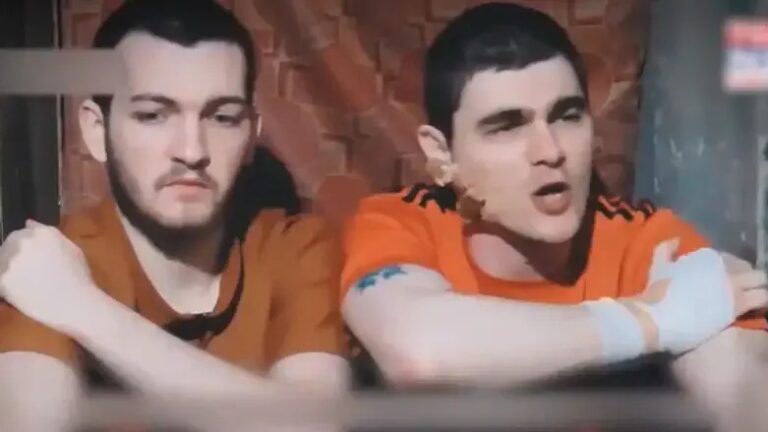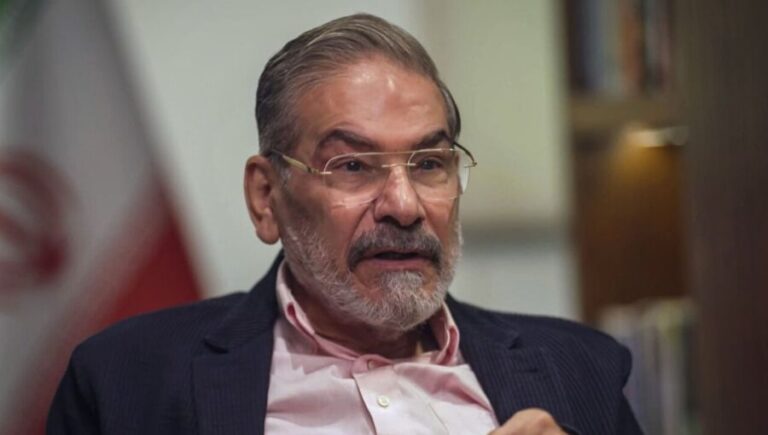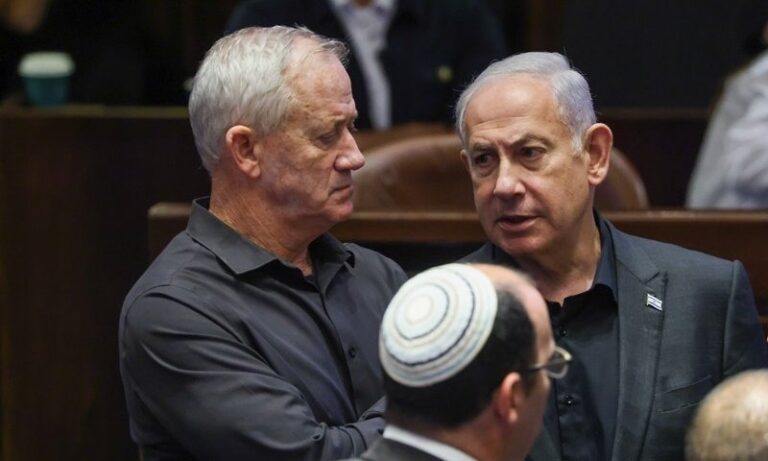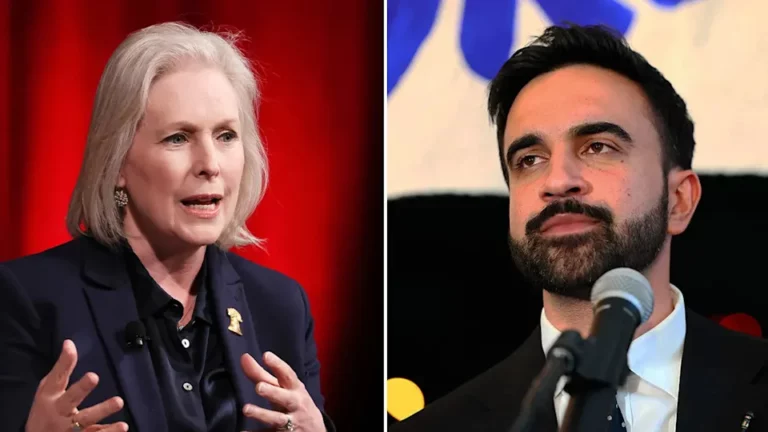Not all heart cells are created by the same universal signal, a discovery that could lead to future treatments for congenital heart disease and heart attacks, U.S researchers say.
Experiments conducted on frogs challenge long-held beliefs that the stem cells that eventually develop into the heart’s muscle tissue do so in reaction to the same cue.
“Not only does it tell us about how stem cells differentiate to create the heart, but it provides us with knowledge that may very well help us to repair heart muscle after a heart attack,” researcher Dr. Cam Patterson, director of the Carolina Cardiovascular Biology Center at the University of North Carolina at Chapel Hill, said in a prepared statement.
The study was published online in the April 14 issue of the journal Developmental Cell and in the April 15 print edition.
The researchers manipulated genetic material in frog embryos so their cells would not produce a gene known as CASTOR, which had been linked to stem cell differentiation in the fruit fly.
Without CASTOR present, a small subset of cells at the base of an embryo’s heart remained in a state of infancy while others developed. These infant cells, or progenitors, were later found to have developed into the outer walls of the heart’s ventricles if they were allowed to progress normally.
This finding affects theories about the possibility of transplanting progenitor cells into the damaged area of the organ, such as heart-attack scarred muscle, in hope of creating healthy tissue. The theory supposes that all progenitors are the same.
“What we have found is that this belief simply isn’t true,” study senior author Frank Conlon, assistant professor of genetics in the UNC School of Medicine, said in a prepared statement. “Instead, there appear to be at least two types of progenitors, and we think there may be many more.”
Conlon is now attempting to manipulate other genes in addition to CASTOR to determine how many types of heart cell progenitors exist. He hopes to verify his findings other animal models before searching for genetic counterparts in humans.










